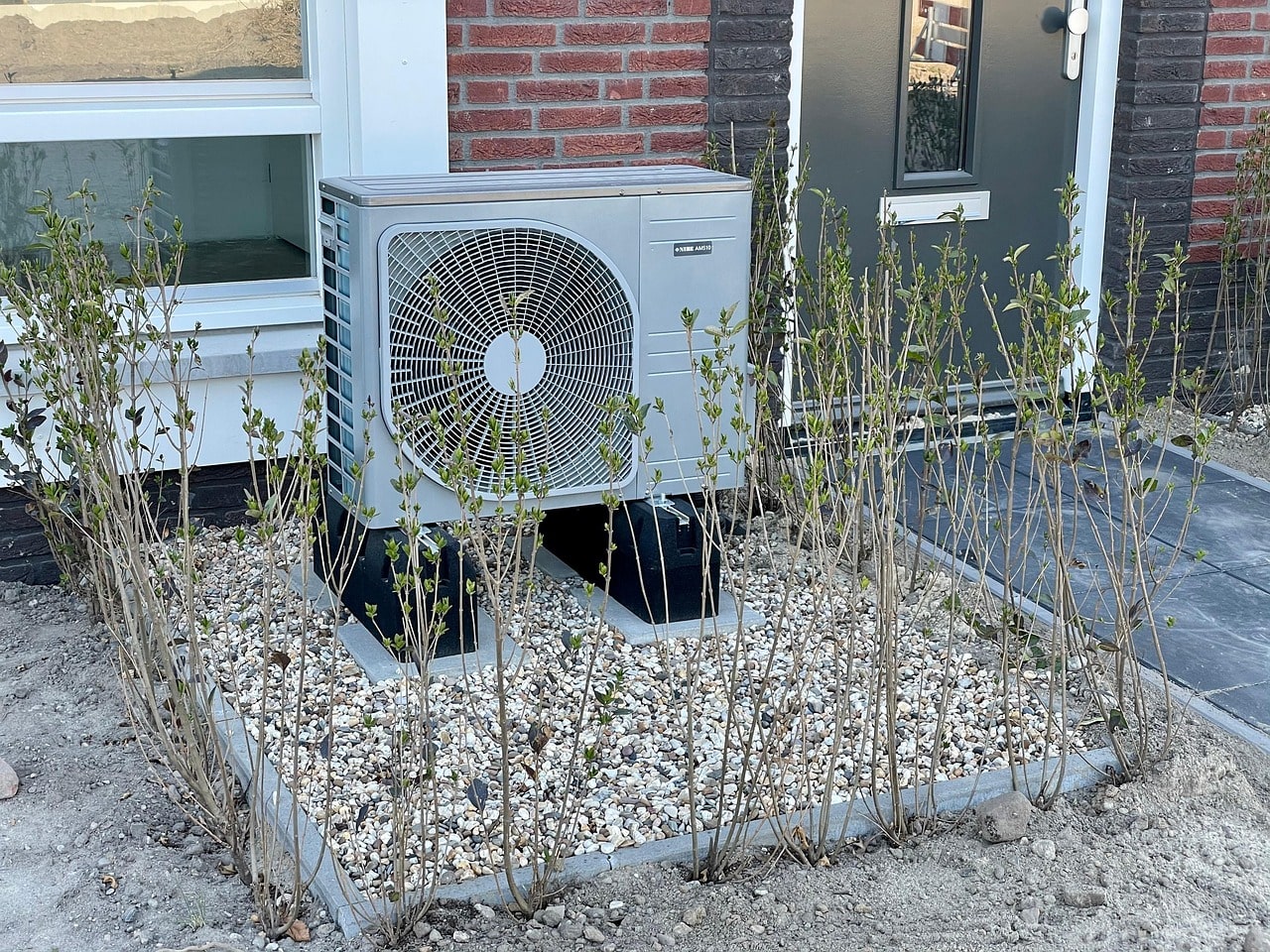This service page promotes professional heat pump inspections in Coolidge, AZ to ensure safe, efficient operation and extended system life. It outlines common Coolidge-specific issues such as reduced cooling, short cycling, electrical faults, dusty ducts, and drainage problems from monsoon humidity. The comprehensive inspection covers safety checks, electrical tests, refrigerant and airflow assessments, duct evaluation, coil and condenser inspection, controls, and functional testing. Results are prioritized by urgency with clear recommendations and a local maintenance plan for year-round comfort and efficiency.
Heat Pump Inspection in Coolidge, AZ
A professional heat pump inspection in Coolidge, AZ ensures your system is safe, efficient, and ready for the extremes of the desert climate. With long, hot summers, frequent dust and seasonal monsoon humidity, heat pumps in Coolidge face unique stresses that can reduce efficiency and increase the risk of failure. A thorough inspection identifies electrical faults, refrigerant problems, airflow restrictions, and ductwork leaks so you can prioritize repairs or replacements before a breakdown or an expensive energy spike.
Common heat pump issues in Coolidge, AZ
- Reduced cooling capacity or longer run times — often caused by low refrigerant charge, dirty coils, or weak airflow.
- Frequent short cycling — usually the result of electrical faults, a failing compressor, or an oversized/undersized system.
- Electrical failures and component wear — high ambient temperatures and dusty conditions accelerate capacitor, contactor, and motor failures.
- Clogged filters and dusty evaporator coils — Coolidge’s dust and sand load reduces airflow and system efficiency.
- Leaky or poorly insulated ducts — ducts run through hot attics or unconditioned spaces, losing cooled air and increasing load.
- Defrost and reversing valve problems — issues with the heat pump’s heat mode controls can show up during cooler nights or seasonal transitions.
- Drainage and condensate issues during monsoon season — heavy humidity and debris can clog drain lines and pans, causing water damage or microbial growth.
What a comprehensive heat pump inspection includes
A full inspection evaluates safety, performance, and life expectancy. Typical inspection elements:
- Visual and safety checks: Inspect wiring, disconnects, cabinet condition, mounting, and clearances. Identify immediate safety hazards like frayed wires or burnt connections.
- Electrical testing: Measure voltage and amperage on compressor and fan motors, test capacitors and contactors, and inspect control wiring and breakers for proper operation.
- Refrigerant assessment: Check refrigerant pressures and temperatures, calculate subcooling and superheat, and identify signs of leaks or incorrect charge.
- Airflow measurement: Assess filter condition, measure static pressure, and test airflow across the coil to pinpoint blockages, blower motor issues, or duct restriction.
- Ductwork evaluation: Inspect accessible ducts for leaks, insulation quality, disconnected sections, and return/supply balance that affects comfort and efficiency.
- Coil and condenser inspection: Check evaporator and condenser coils for dirt, corrosion, bent fins, or physical damage; verify proper condenser fan operation.
- Controls and thermostat: Verify thermostat calibration, wiring, and communication with the heat pump to eliminate control-related cycling or comfort issues.
- Operational performance testing: Run the system through cooling and heating cycles, measure temperature splits, and record run times and defrost cycles.
- Condensate and drainage checks: Ensure drain lines and pans are clear, and secondary safety devices are functioning.
Diagnostic process and tools used
Inspectors use industry-standard tools to give objective results:
- Digital multimeter and clamp meter for electrical readings
- Refrigerant gauges and temperature probes for charge verification
- Anemometer and manometer for airflow and static pressure readings
- Infrared thermometer or thermal camera to spot hot or cold spots and duct losses
- Visual inspection tools and photos to document conditionsThese measurements allow a precise diagnosis — not guesswork — so recommendations are based on measurable performance metrics.
Interpreting results and recommended next steps
Inspection findings are grouped by urgency and impact:
- Immediate safety repairs: Exposed wiring, overheating components, or refrigerant leaks are addressed first to protect occupants and equipment.
- High-impact efficiency improvements: Sealing ducts, restoring correct refrigerant charge, replacing worn capacitors, and cleaning coils yield the fastest energy savings.
- Maintenance-only items: Filter replacement, condensate cleaning, and minor blower adjustments keep systems running reliably between service visits.
- Replacement considerations: If the compressor, evaporator or condenser shows major wear, recurring refrigerant leaks, or efficiency well below current standards, replacement may be more cost-effective than repeated repairs. For Coolidge homeowners this often means upgrading to a higher SEER/HSPF, variable-speed system that handles high cooling loads more efficiently and tolerates dusty conditions better.When replacement is recommended, inspectors provide clear reasoning: measured performance gaps, estimated remaining life, and the projected energy savings from more efficient units.
Reporting and documentation you should expect
A quality inspection delivers a concise, prioritized report:
- Summary of findings with photographed issues
- Measured values (voltages, amperages, refrigerant pressures, temp splits, airflow)
- Safety flags and items that require immediate attention
- Short-term and long-term repair recommendations and estimated component life
- Suggested maintenance schedule tuned to local conditions (pre-summer tune-up, monsoon preparation)This documentation helps you compare options, validate future repairs, and maintain a service history that protects asset value.
Maintenance tips for Coolidge homes
- Change or clean filters monthly during heavy use to prevent coil fouling and airflow loss.
- Keep at least two feet clear around the outdoor unit; shade the condenser without blocking airflow to reduce stress on the compressor.
- Schedule inspections before the summer peak and after the monsoon season to catch dust buildup and drainage issues.
- Seal and insulate ducts in attics or crawlspaces to prevent major energy loss.
- Replace single-speed units with variable-speed or high-efficiency models if you experience wide temperature swings or steep energy bills.
A professional heat pump inspection in Coolidge, AZ identifies problems early, improves comfort, and reduces energy waste. Regular, measured inspections tailored to local climate stresses protect system life and help you make informed repair or replacement decisions based on performance data rather than guesswork.
.webp)



